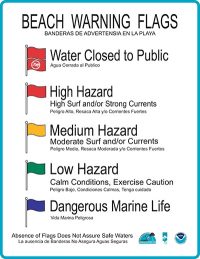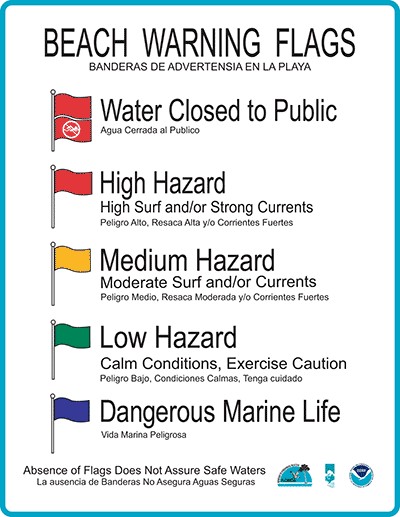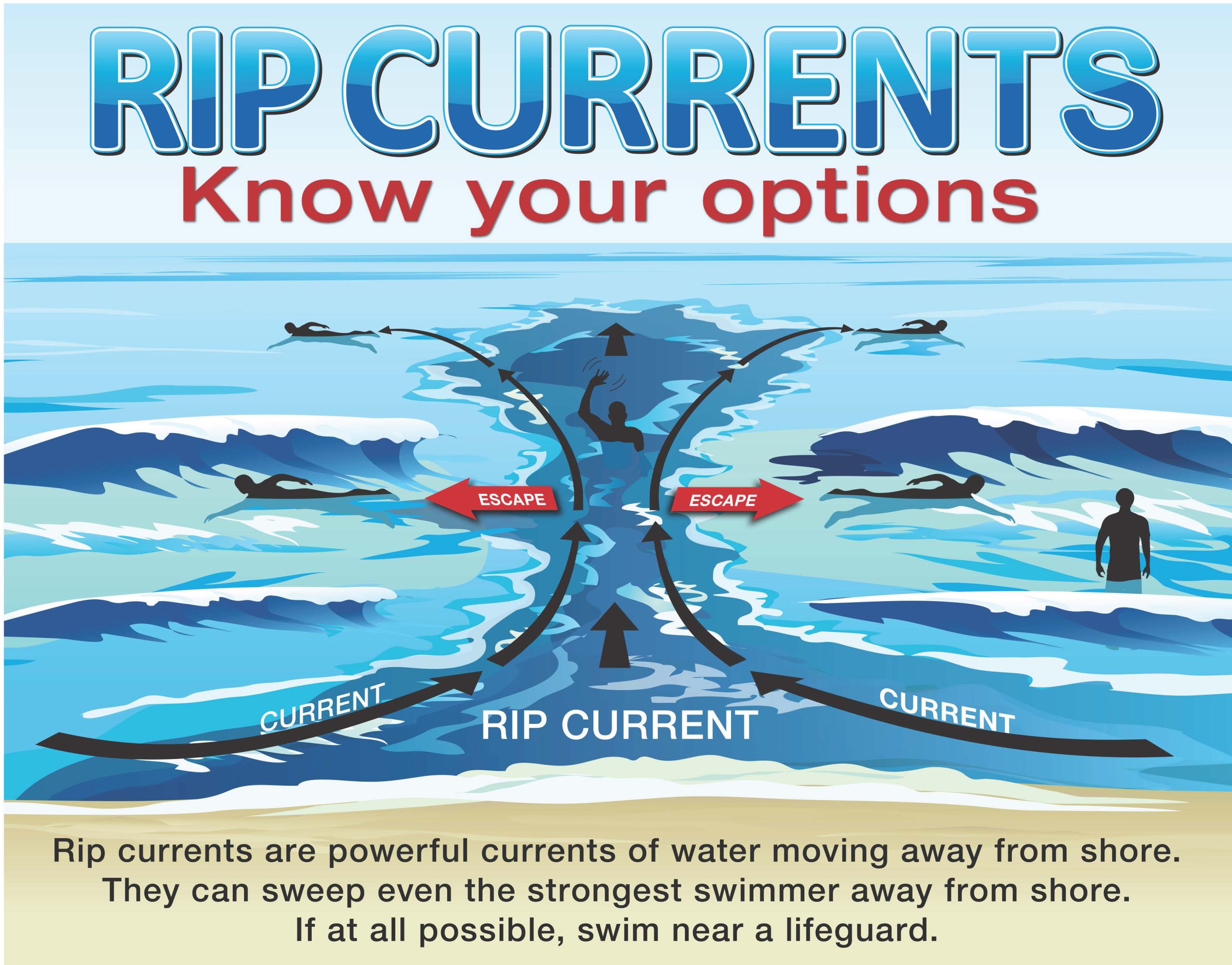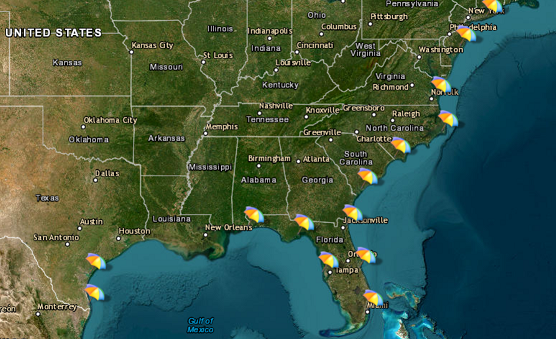
A Guide to Beach Flags on the Gulf Coast
Know Before You Go: A Guide to Beach Flags on the Gulf Coast
The Gulf Coast boasts some of the most beautiful beaches in the world. But with its beauty comes hidden dangers, like rip currents. To ensure your safety and the safety of others while enjoying the beach, it is important to be aware of beach flags and their meanings.
Beach flags are a universal system used by lifeguards to communicate beach conditions. This is especially important because conditions can change rapidly. Knowing what the flags mean can help you make informed decisions about whether or not it is safe to enter the water.
Here’s a quick guide to the most common beach flags you’ll see on Gulf Coast beaches:
- Double Red Flags: This means the water is closed to the public. Do not enter the water under any circumstances.
- Red Flag: This indicates high hazard conditions, such as high surf or strong currents. Swimming is extremely dangerous and not recommended.
- Yellow Flag: Medium hazard conditions are present, such as moderate surf and/or currents. Exercise caution if you choose to enter the water, and stay close to the shore. If you are not a strong swimmer, or are swimming with young children, it is best to stay out of the water.
- Green Flag: This signifies calm conditions, but always exercise caution when entering the water.

Check beach forecast with NOAA’s interactive map.
In addition to beach flags, it is always a good idea to check the beach forecast before you go. The National Oceanic and Atmospheric Administration (NOAA) provides a beach forecast webpage https://www.weather.gov/beach/ that allows you to find specific forecasts for beaches across the United States.
The NOAA [National Oceanic and Atmospheric Administration] also offers a Rip Current Safety National Program that offers a wealth of information.
 How to Avoid Getting Caught in a Rip Current that provides information on how to identify rip currents and what to do if you get caught in one. Rip currents are powerful channels of moving water that can pull swimmers out to sea. If you are caught in a rip current, stay calm and swim parallel to the shore until you are out of the current’s pull. Then, swim back to shore.
How to Avoid Getting Caught in a Rip Current that provides information on how to identify rip currents and what to do if you get caught in one. Rip currents are powerful channels of moving water that can pull swimmers out to sea. If you are caught in a rip current, stay calm and swim parallel to the shore until you are out of the current’s pull. Then, swim back to shore.
By following these tips, you can help ensure your safety and have a fun and enjoyable day at the beach.
Here are some additional safety tips to keep in mind while swimming at the beach:
- Always swim near a lifeguard.
- Never swim alone.
- Do not swim under the influence of alcohol or drugs.
- Be aware of your surroundings and watch out for rip currents, waves, and other hazards.
- If you see someone in trouble, call for help from a lifeguard.
We hope you and your family have a fun, safe and enjoyable day at the beach.


